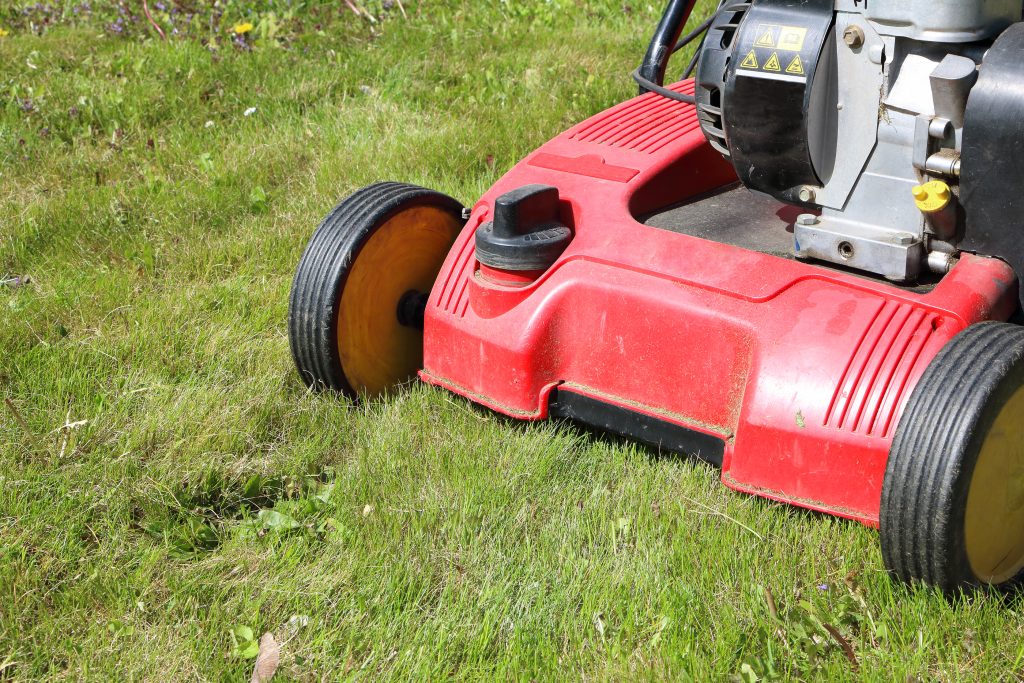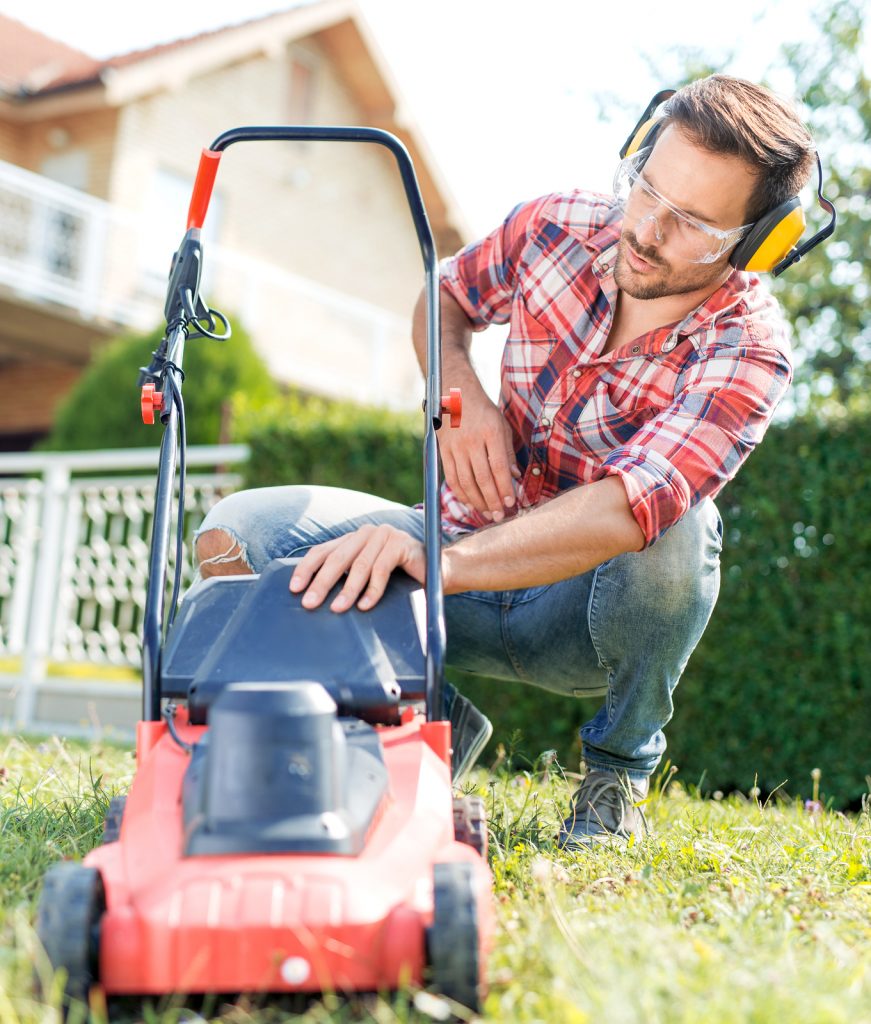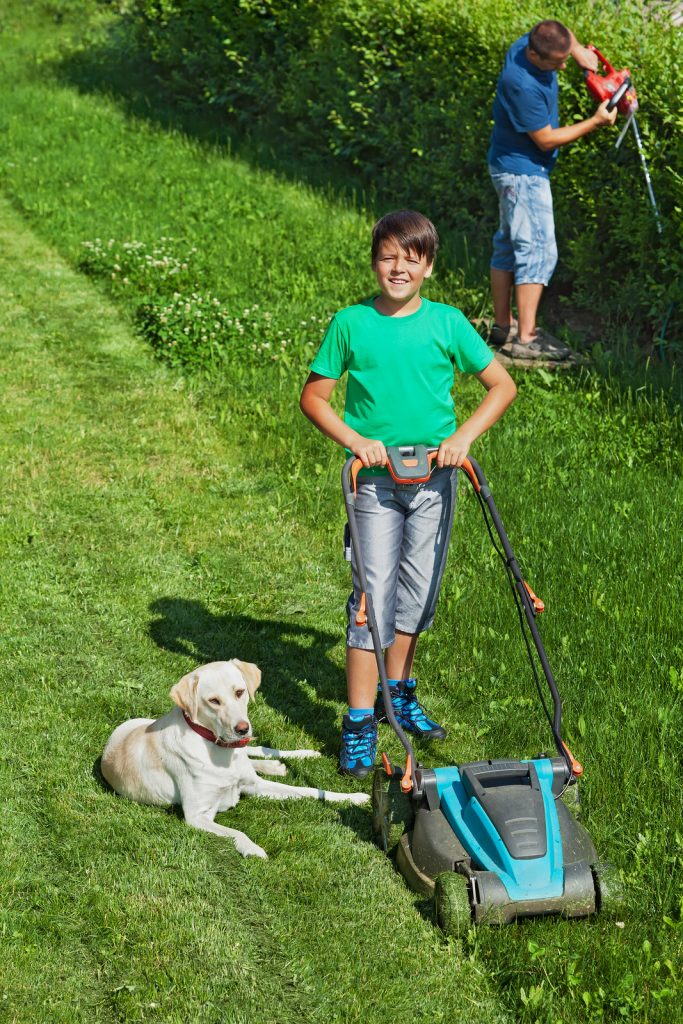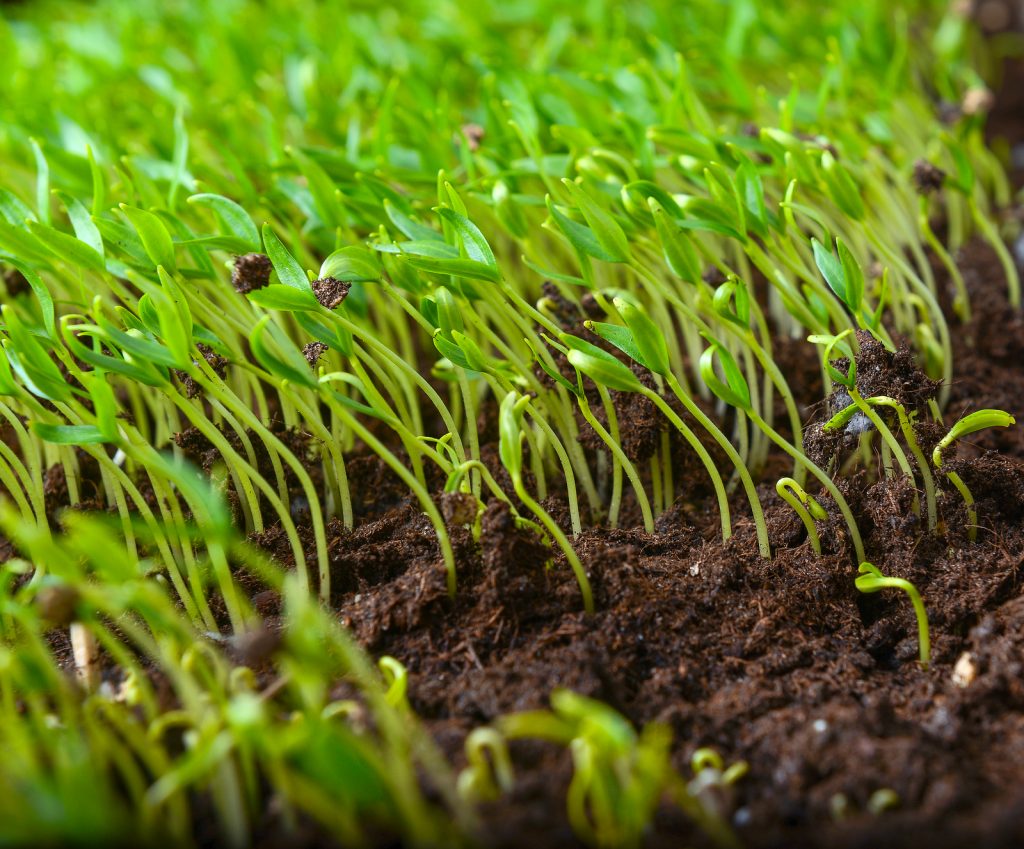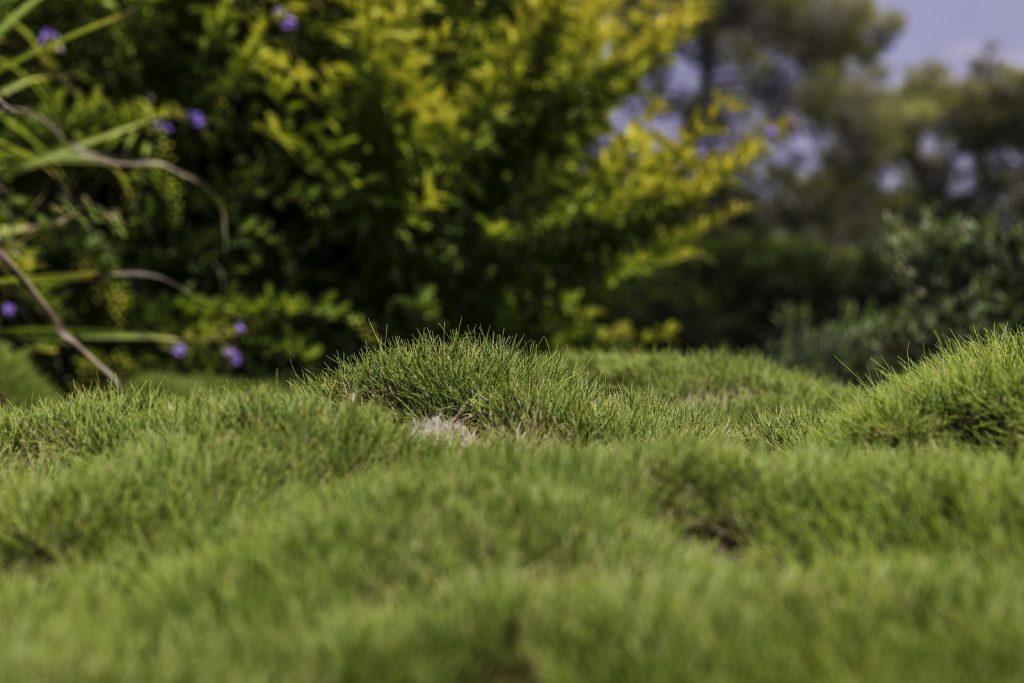General
Getting Rid of Thatch
What exactly is thatch in the first place? It’s a combination of dead and living grass stems and roots that will harm the health and vitality of your lawn. It creates a barrier between nutrients, water and the lawn’s roots. When not treated, thatch will quickly thicken and bring insects and disease. To take care…
Read MoreHow Often Should I Mow My Grass?
There’s no perfect answer to this question, but we’ll give you a guideline. When it comes to mowing frequency, it’s all about the one-third rule. This guideline, which we explain more in our last post, is to never cut more than one-third off the length of your grass. So if you’ve been cutting about half…
Read MoreWhat Height Should I Cut My Grass?
It’s a question we get asked often: What’s the ideal grass height when mowing? The simple answer is to never cut more than one-third the length of your grass in one cutting. That’s an easy general rule to remember. At the same time, though, the mowing length also depends on the type of grass. Cooler…
Read MoreCaring for a Newly Seeded Lawn in Summer
If you’ve finally taken the plunge and seeded your lawn, you know that the care doesn’t stop there. The first few months are vital in establishing a healthy, beautiful lawn. Summer weather presents challenges of its own, even for long-established turfgrass. Here are some important tips for caring for your newly seeded lawn during those…
Read MoreGrass That Grows Blazing Fast
Let us tell you a little about our JaMur Zoysia grass. This versatile turf grass is attractive, extremely functional, and developed from USDA research conducted by geneticist Jack Murray. The JaMur zoysiagrass taking the landscape industry by storm because of its minimal water and fertilization requirements. In appearance, it’s similar to a St. Augustine dwarf…
Read MoreCarolina Panthers’ Coach Not a Fan of Artificial Turf
As reported in yesterday’s online edition of the Charlotte News Observer, the coach of the Carolina Panthers, Ron Rivera, prefers natural turfgrass to artificial turf. He indicated that the artificial turf at MetLife Stadium may have been at least partially to blame for some of his players’ foot injuries in last week’s game against the…
Read MoreBuy Only Certified Sod!
Choosing certified sod is the only way you can be certain that the variety you receive is exactly what you purchased. All sod is required to have a state “Department of Agriculture” tag, which means only that the sod is free of fire ants. However, this tag does not qualify the sod as a certified…
Read MoreTurfgrass Breeding Efforts Often Rely on Intellectual Property Protection
The breeding and development of improved turfgrass varieties is a time-consuming and complex process. As Terry Hollifield, executive director of the Georgia Crop Improvement Association, points out on the front page of the association’s Spring 2017 newsletter, “Since the passage of the Plant Variety Protection Act (PVPA) in 1970 and revised in 1994 and the…
Read MoreWhat to Do Now for Your Spring Lawn
Ready to get started in prepping your lawn for the summer months ahead? Below are a few tips to keep it healthy and lush as the weather warms up. Mow a bermudagrass or zoysiagrass lawn when it first turns green, with a rotary mower set as low as possible without scalping. Mow before the grass…
Read MoreManaging Thatch on Lawns
Several varieties of lawn grasses (such as zoysiagrass, bermudagrass, St. Augustinegrass and centipedegrass) are vigorous growers and produce large quantities of stems, rhizomes, stolons and roots that are resistant to decay. That layer of dead, non-decayed organic matter that develops between the green grass and the soil surface is called thatch. A shallow layer (1/2”…
Read More